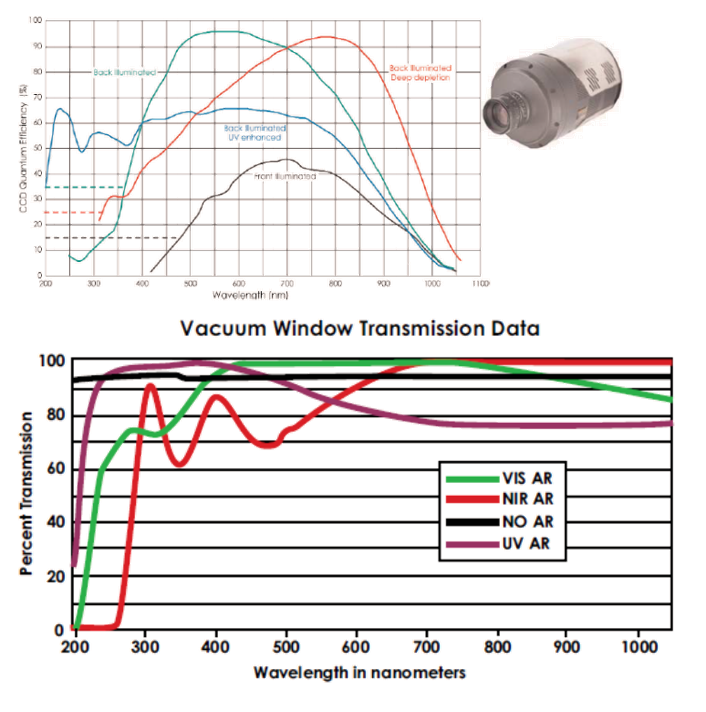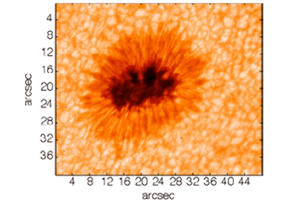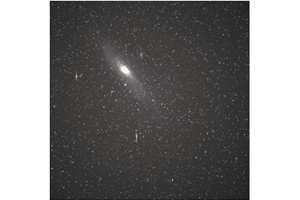Introduction
Yes, if you ask a team of researchers from University Hawaii, Institute for Astronomy who returned from an expedition to the blistering Sahara desert, where they found an unexpected source of cool gas-in the outer regions of the Sun. The group headed by Dr. Shadia Habbal traveled to Libya to observe the March 29, 2006 total solar eclipse – a rare event in which the bright disk of the Sun is obscured by the Moon for a few minutes.
They took three new instruments specially designed to study the corona. One of them used two PIXIS: 1024BR deep depletion, back
illuminated CCD cameras.
The cameras were chosen for their excellent quantum efficiency in NIR band where the most of the observations took place and lack of etaloning.
As the total eclipse lasted only few minutes, it is critical that the cameras perform flawlessly. “Our observations turned out to be a great success”, comments Dr. Habbal.
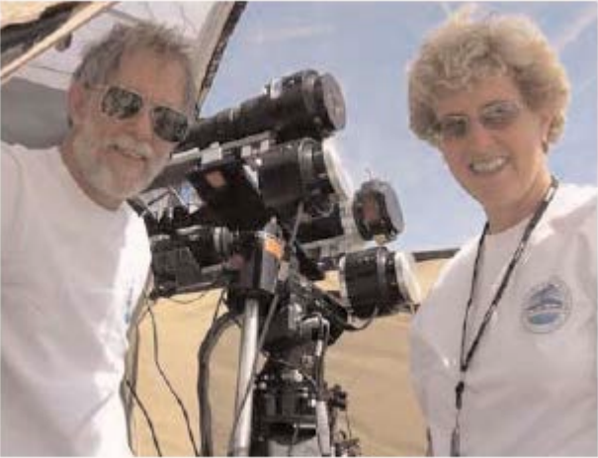
Preliminary analysis of the expedition’s observations show there was an enormous magnetic bubble that was erupting during the eclipse. With their sensitive infrared instruments, the team also discovered that the solar corona, long known to have a temperature of several million degrees, also contains a surprising amount gas that is hundreds of times cooler.
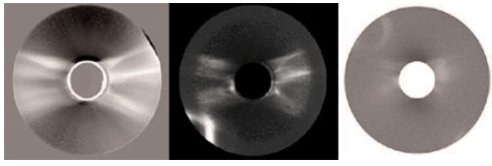
Broadband image, images through around 7892ÞA and 10747ÞA filters.
Future plans include more detailed studies of corona’s elusive magnetic field using larger solar telescopes such as Advanced Technology Solar Telescope (ATST) that may be built on Maui.
PIXIS: 1024BR Deep Depletion Cameras for NIR Astronomy
PIXIS: 1024BR cameras represent the state-of-the art in low noise, deep depletion CCD cameras for NIR imaging applications. The key advantages include:
- 90% peak QE in NIR range (@800nm) with minimal etaloning
- Permanent vacuum guarantee with all-metal hermetic seals
- Low dark current through deep thermo-electric cooling below -80oC
- Low read noise of 3.6 e- rms (typical)
- Optimized AR coating for NIR region on the vacuum window -only optical surface in the light path
- Compact size (16.77cm x 11.81cm x 11.38cm, L x W x H; 2.27 kg)
- USB 2.0 interface for easy plug-n-play operation from laptops
- Optional fiber optic interface for remote operation
